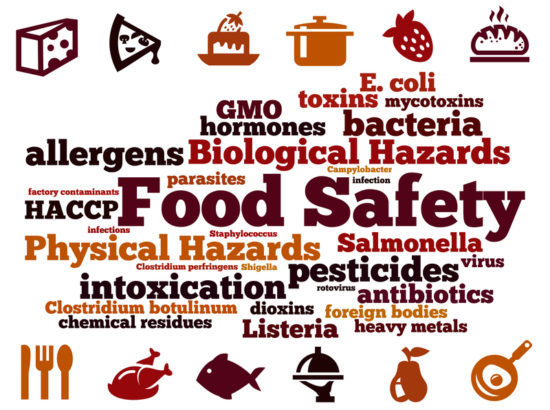Consumer perspectives on food safety in supply chain for small and medium enterprises (SMEs) product
DOI:
https://doi.org/10.31150/ajebm.v2i3.85Keywords:
food safety, consumer, supply chain, SMEs, productAbstract
This study aims to determine consumer perceptions of the level of importance of food safety aspects. Especially in the process of selecting/ buying food. The study was conducted using a questionnaire consisting of two parts. The first part is a questionnaire to find out the identity of the respondent, second questionnaire to determine the level of importance of food safety by consumers. Questionnaire consists of seven questions. The questionnaires were distributed online in February 2019. Data processing was carried out using descriptive statistics. This study consisted of 208 respondents from men (41%) and women (59%). The results showed that 75.6% of respondents rated food safety aspects as very important to food quality. Most of the respondents (75.5%) considered it very important to know the elements contained in food. While there are 65% of respondents rate it is very important to know that food is produced by good producers. In terms of distribution, there were 56.2% of respondents judging it was very important that food should be distributed in good transportation to ensure food safety. In the sales system, 57.1% of respondents are considered very important to pay attention to food safety aspects in the sales process. And, for the certification aspect, there are 48.1% of respondents. It is important that food safety certification is a guarantee that the food is safe and consumed legally.
Downloads
References
[2] M. V Milaciu, L. Ciumărnean, O. H. Orășan, I. Para, and T. Alexescu, “Semiology of food poisoning,” HVM Bioflux, vol. 8, no. 2, pp. 108–113, 2016.
[3] S. Jean, A. Michel, and B. Nm, “iMedPub Journals Investigation on Five Years ( 2010 – 2014 ) Food Poisonings Recorded in Bamenda and NDOP Public Hospitals in Cameroon Abstract,” pp. 1–7, 2018.
[4] C. New, U. A, J. M. K. J. .Premarathne, and T. Thung, “Microbiological food safety in Malaysia from the academician’s perspective,” vol. 1, no. December, pp. 183–202, 2017.
[5] V. Chebolu-Subramanian and G. M. Gaukler, “Product contamination in a multi-stage food supply chain,” Eur. J. Oper. Res., vol. 0, pp. 1–12, 2015.
[6] R. C. Miranda and D. W. Schaffner, “Virus Risk in the Food Supply Chain,” Curr. Opin. Food Sci., 2018.
[7] A. Turi, G. Goncalves, and M. Mocan, “Challenges and competitiveness indicators for the sustainable development of the supply chain in food industry,” Procedia - Soc. Behav. Sci., vol. 124, pp. 133–141, 2014.
[8] H. C. Wahyuni, W. Sumarmi, and I. A. Saidi, “Food Safety Risk Analysis of Food Supply Chain in Small and Medium Enterprises ( Case Study : Supply Chain of Fish ),” International Journal of Engineering & Technology, vol. 7, pp. 229–233, 2018.
[9] P. Liu and Y. M. Lee, “An investigation of consumers ’ perception of food safety in the restaurants,” Int. J. Hosp. Manag., vol. 73, no. August 2017, pp. 29–35, 2018.
[10] H. Yu, J. A. Neal, and S. A. Sirsat, “Consumers â€TM food safety risk perceptions and willingness to pay for fresh-cut produce with lower risk of foodborne illness,” Food Control, vol. 86, pp. 83–89, 2018.















